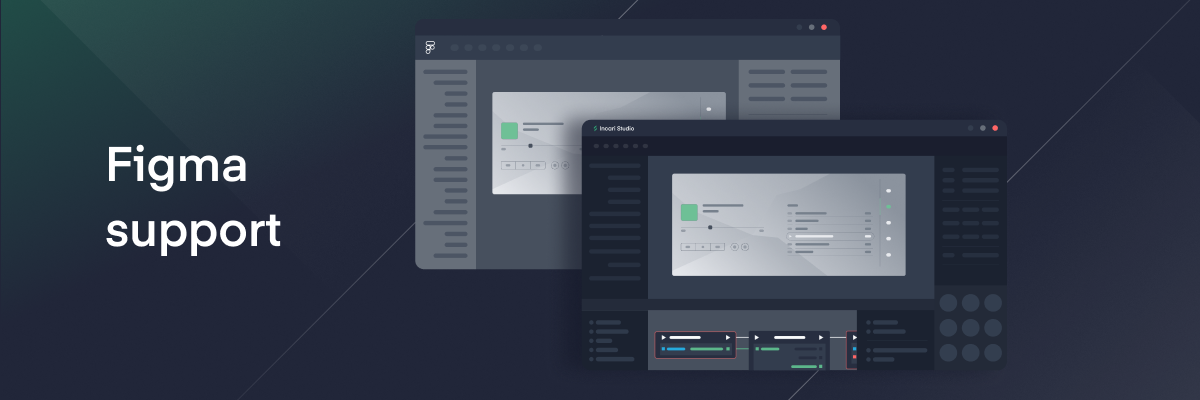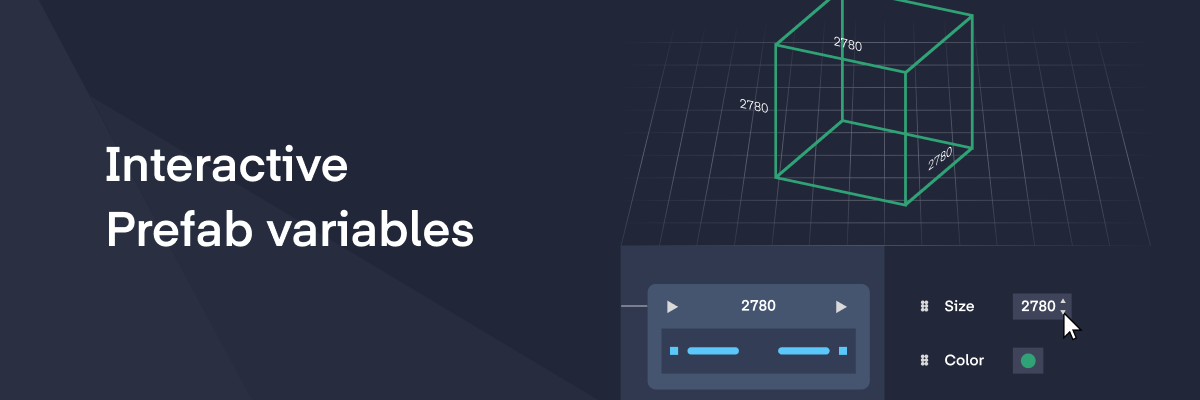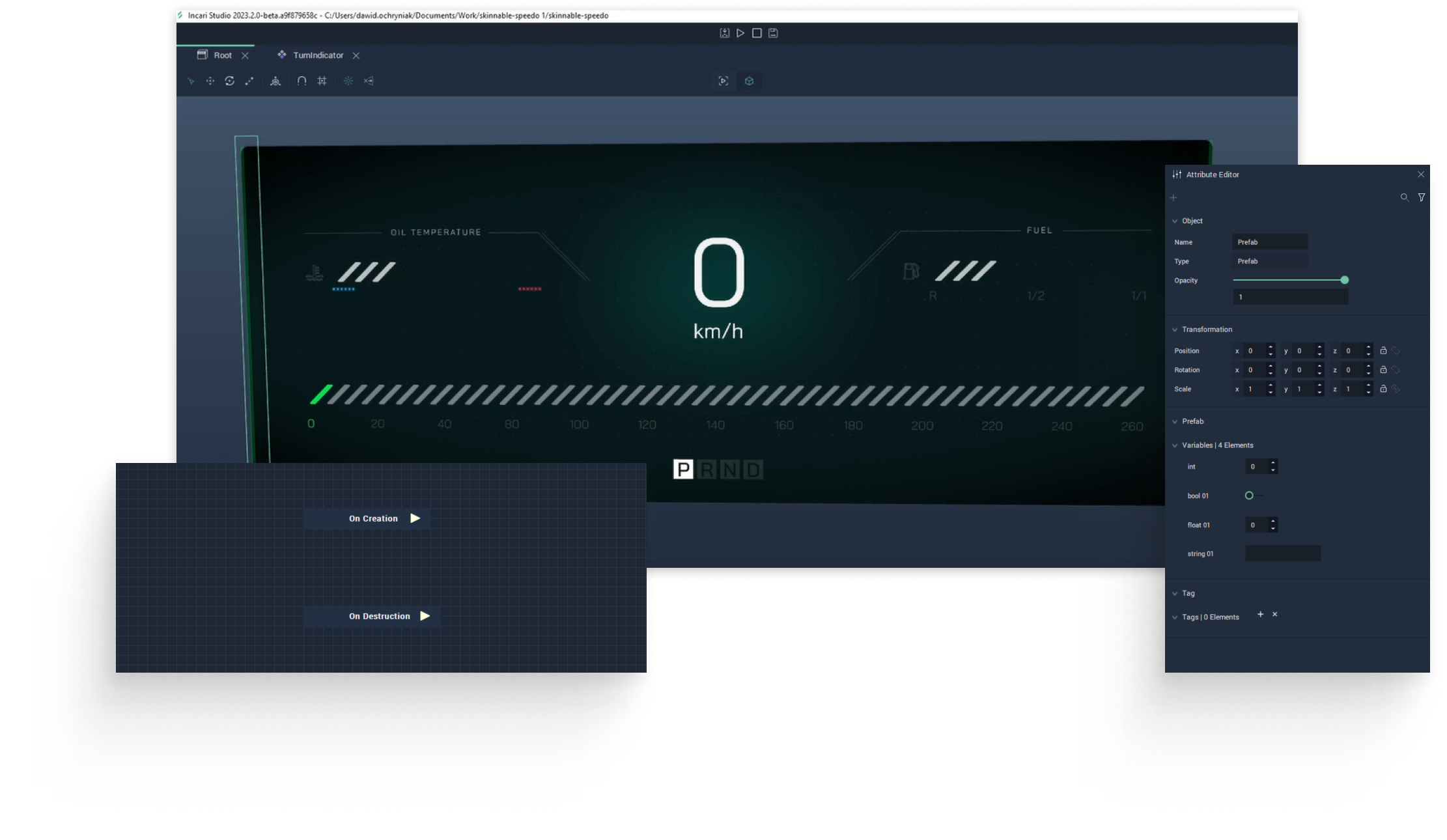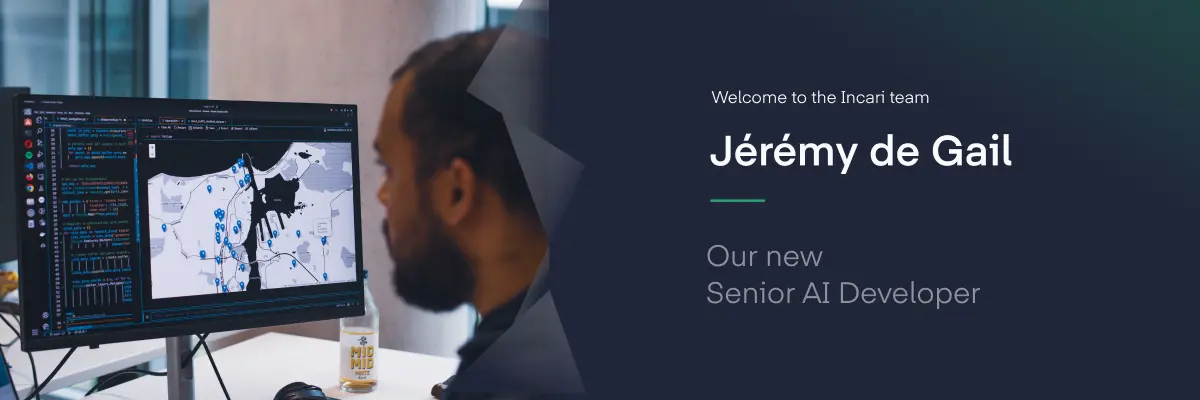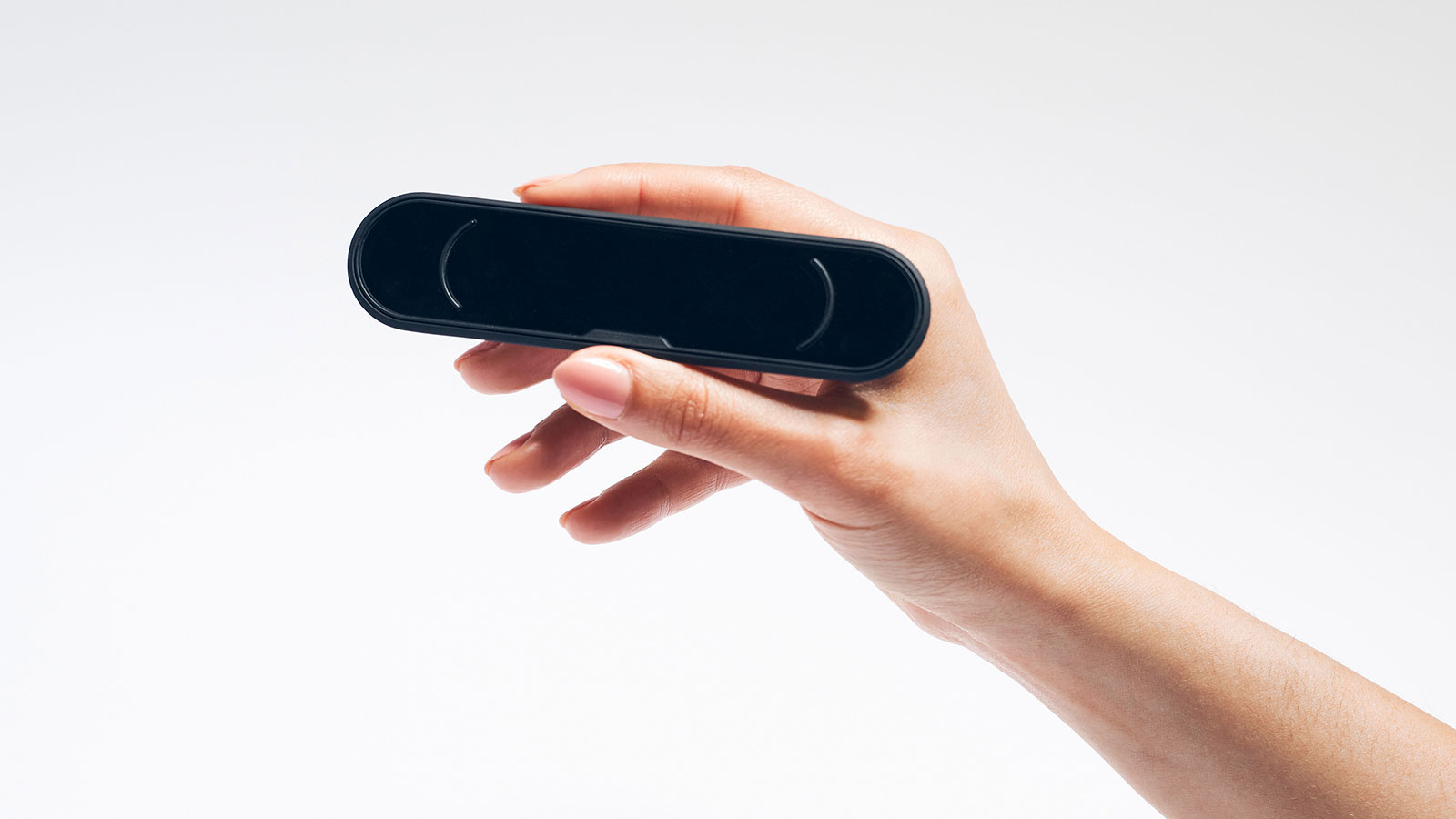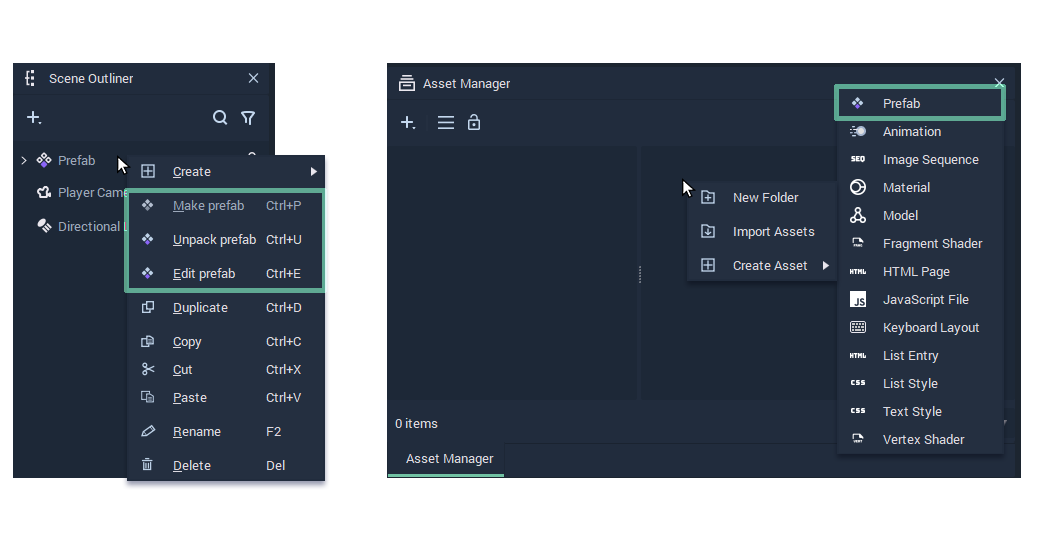A game-changer for design workflows
The Figma Importer is more than just a feature; it’s a bridge that allows designers to combine the best of both platforms. By integrating your Figma creations into Incari, you can enhance them with the powerful tools and capabilities that Incari Studio offers. This seamless integration means your designs can transcend traditional boundaries, allowing for a more fluid and dynamic creative process.
Embrace the future of design with Incari Studio 2023.2, where your Figma designs can be transformed and expanded in ways you never thought possible.
Adaptable and dynamic UIs made simple
Designers can now enjoy unparalleled freedom and creativity in crafting their user interfaces. The Figma Importer allows for creating fluid and resizable layouts that effortlessly adapt to different screens. Your design’s details, including gradients, images, shadows, and more, are imported precisely, offering a canvas for endless creativity.
From Figma to Incari
To use the Figma Importer, you must obtain an authentication token from Figma and have your Figma file key at hand – you can find this in your Figma project URL. Insert these into Incari Studio, and watch as your entire Figma project is accurately mapped out as primitive objects in Incari.
Figma variant conversion to Incari Studio prefabs
The Figma Importer in Incari transforms your Figma designs into dynamic elements, known as prefabs, within the Incari environment. These prefabs mirror the reusable aspects of Figma’s variants, allowing for the creation of adaptable and interactive assets. However, it’s important to note that the importer is currently limited to a subset of Figma’s variants, particularly those that align with Incari’s prefab capabilities.
Incari Studio’s Figma Importer: A tool in constant evolution
We are delighted to reveal the initial release of the Figma Importer in Incari Studio 2023.2, a step towards bridging the gap between design and development. This is just the beginning, and we are committed to an ongoing journey of enhancement and expansion.
Our team is dedicated to continuously improving the Figma Importer, supporting a broader range of features, and simplifying the design-to-development workflow. Your input is invaluable in this process. Your feedback and suggestions are fundamental in shaping the direction and evolution of this tool. They help us understand what you need and how we can make the Figma Importer more powerful and user-friendly.
We invite you to be an active part of this exciting development. Join our community discussion and share your experiences, ideas, and insights. Together, we can make Incari Studio’s Figma Importer a tool that meets and exceeds your expectations.
